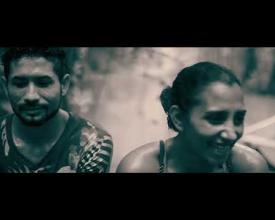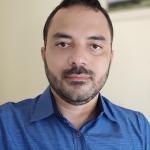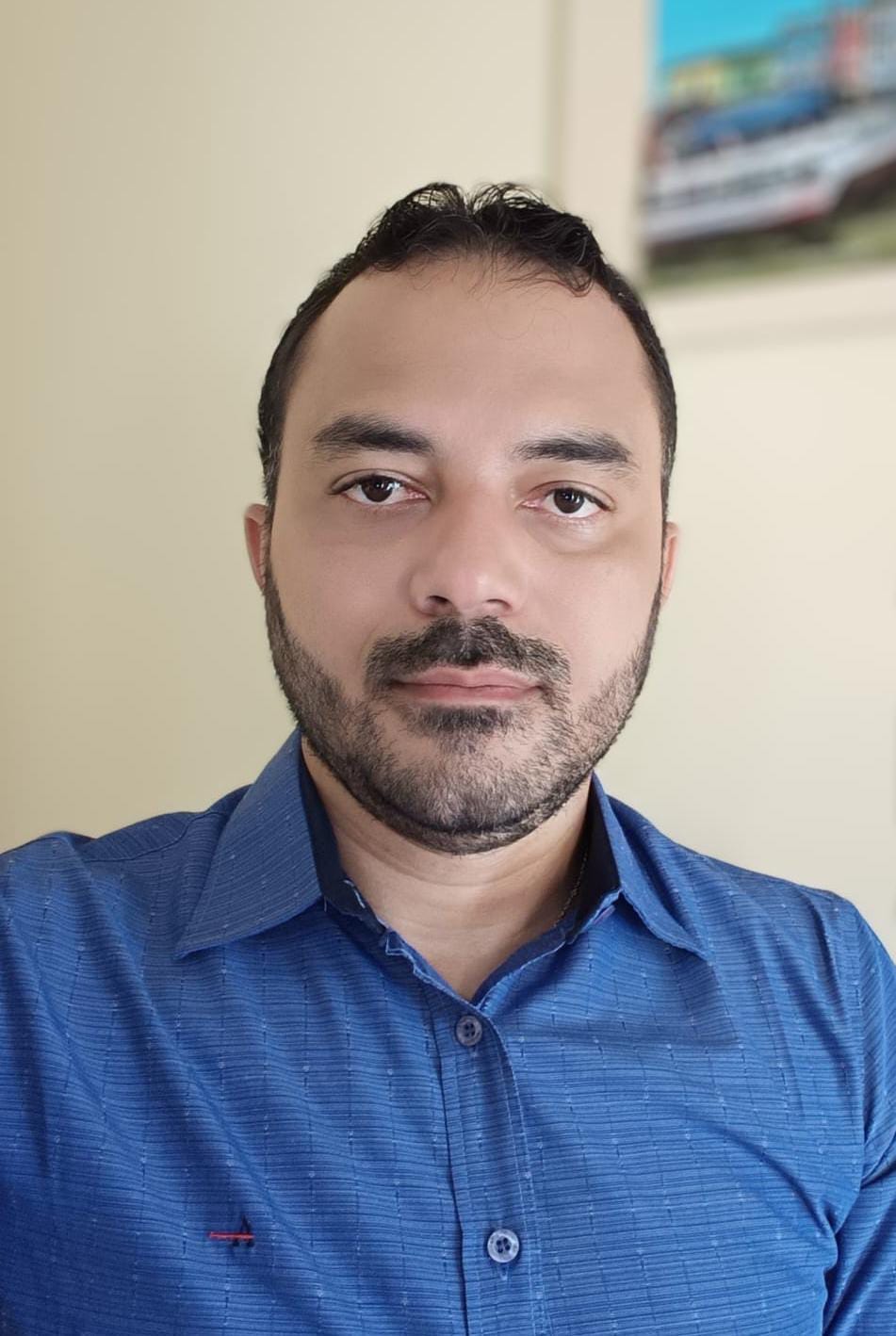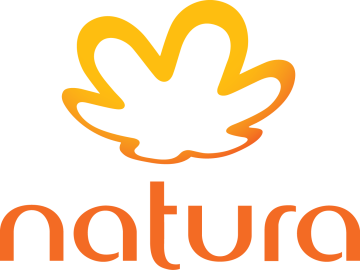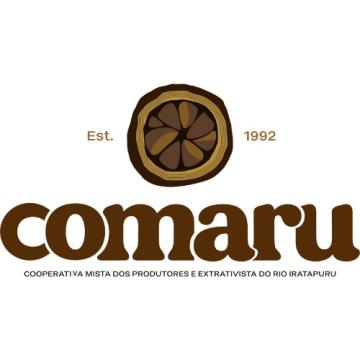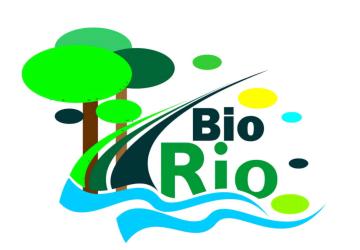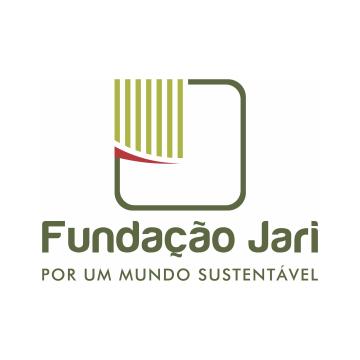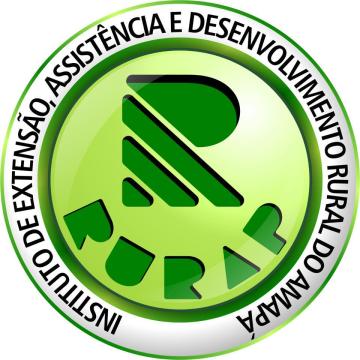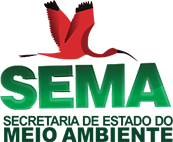
Management of Access and Benefit-Sharing (ABS) Resources in the Rio Iratapuru Sustainable Development Reserve (RDS)

In the mid-2000s, the Rio Iratapuru Sustainable Development Reserve (RDS), a protected area combining Amazon forest conservation and sustainable use by traditional communities, hosted the first recognized bioprospecting initiative in Amapá. The São Francisco do Iratapuru community, represented by the COMARU cooperative, signed Brazil’s first Benefit-Sharing Agreement (ABS) with Natura and the State Government (via SEMA/AP), involving the use of breu-branco (Protium pallidum), which led to the launch of the “Perfume do Breu” in 2004. A fund was then created to manage the benefit-sharing resources, initially administered by Natura. The community accessed these funds through projects, but with limited autonomy. With Federal Law 13.123/2015, management shifted in 2018 to COMARU itself, supported by a participatory Steering Committee. Funded projects have since included community infrastructure improvements, strengthening of value chains, and local training, fostering transparency, social protagonism, and positive impacts in RDS.
Context
Challenges addressed
Implementation of the new management model for the Benefit-Sharing Fund to overcome identified obstacles, organized into three main dimensions.
- Environmental: ensuring the sustainable use of biodiversity in the Rio Iratapuru RDS, preventing predatory exploitation and promoting research that expands knowledge on species and local livelihoods.
- Social: addressing the limited community autonomy, low participation in decision-making, and lack of transparency in the previous model, while strengthening participatory governance and collaboration among communities and institutions.
- Economic: ensuring the Fund’s financial sustainability, expanding access to different communities and organizations, and creating management mechanisms that guarantee equity, transparency, and continuity.
Overcoming these challenges consolidated a model with a participatory Management Committee, public calls for proposals, capital immobilization, and the strengthening of COMARU and local partners, enhanced governance, autonomy, and long-term positive impacts.
Location
Process
Summary of the process
The Iratapuru Fund experience shows that the three building blocks complement each other and form a mechanism that ensures consistent results. The first step was the transfer of direct management of resources to COMARU, a central element for strengthening community autonomy. This change was only made viable by the second block: the creation of the Iratapuru Fund Management Committee, which brought participatory governance, transparency, and technical support, allowing different actors to share responsibilities and decisions. The third block, represented by the public calls for project selection, transformed this management structure into concrete impacts, promoting community innovation, applied research, and institutional strengthening. Together, the blocks ensure financial sustainability, balance between technical rigor and local realities, and the consolidation of a benefit-sharing model that values traditional knowledge, creates opportunities, and amplifies social and environmental impacts in the Rio Iratapuru Sustainable Development Reserve.
Building Blocks
Transfer of direct management of the Fund’s bank account: the resources were transferred from Natura’s account to an account managed by COMARU
The transfer of direct management of the Fund’s bank account marked a milestone in strengthening COMARU’s community autonomy. Previously, resources were under Natura’s administration, which evaluated and approved submitted proposals. With the change, the cooperative assumed direct control, defining—together with the Management Committee—criteria, calls for proposals, and application priorities. This arrangement fostered greater transparency, social participation, and institutional strengthening, ensuring that benefits reached local communities around the Rio Iratapuru Sustainable Development Reserve (RDSI) and partner institutions more equitably.
Enabling factors
- Federal Law 13.123/2015 and Decree 8.772/2016, providing legal clarity;
- COMARU’s consolidation as a legitimate community organization;
- Strategic partnerships with SEMA/AP, Natura, Bio-Rio, Jari Foundation, and RURAP;
- A participatory Management Committee ensuring shared governance;
- Availability of sufficient financial resources to sustain the model.
Lesson learned
- Direct management strengthened community autonomy and trust in Fund governance;
- Effective autonomy required administrative and financial training for COMARU;
- Public calls expanded reach but demanded communication and capacity-building for competitive proposals;
- Immobilizing the Fund’s capital and using only interest guaranteed sustainability but required community patience and understanding;
- Reconciling diverse interests in the Management Committee showed that clear governance rules and transparent decisions are essential;
- Future replication should invest in continuous training, institutional strengthening of community organizations, and monitoring mechanisms to ensure long-term impacts.
Creation and functioning of the Iratapuru Fund Management Committee to support COMARU in managing resources
With the enactment of Federal Law 13.123/2015, Natura held meetings with the Government of Amapá (SEMA/AP) and the São Francisco do Iratapuru community (represented by COMARU and the Bio-Rio Association), resulting in an Addendum to the Agreement that created the Natura Fund for the Sustainable Development of Traditional Communities, later renamed the Iratapuru Fund. These discussions highlighted the need to support COMARU in managing the resources, which would be transferred from Natura’s account to its own, given the significant amounts involved. The Iratapuru Fund Management Committee was established, composed of five voting institutions (COMARU, Bio-Rio, SEMA/AP, Natura, and Jari Foundation) and two advisory members (RURAP and SEBRAE/AP). The agreements defined the Fund’s composition, periodicity of transfers, application criteria, and the requirement that funded projects address at least one of the 21 action lines, with access through public calls.
Enabling factors
The Committee’s success relied on:
- Immobilization of the Fund’s capital in long-term investments, using only interest to ensure sustainability;
- Access through three annual calls, two for RDSI communities and one for research institutions;
- Financing, by the Fund itself, of an Executive Secretariat to support the Committee.
Lesson learned
Over the years, the work of the Iratapuru Fund Management Committee has brought valuable lessons on the challenges and pathways to strengthen community management and ensure greater transparency in the use of resources. The main lessons include:
- Community-based institutions require continuous support to improve their financial management;
- Constant training, or the hiring of qualified professionals, is essential for preparing competitive projects and accessing Fund resources;
- Investments generate impacts beyond productive infrastructure, creating significant social benefits, such as supporting the education of extractivists’ children, from high school to postgraduate studies;
- Strengthening control mechanisms proved necessary: although only COMARU can manage the account, access to bank statements was also granted to the Executive Secretariat and Committee members, ensuring greater transparency and collective trust.
Public calls of the Iratapuru Fund for the selection of community and research projects
The public calls of the Iratapuru Fund mark a decisive step in democratizing access to resources, enabling communities around the Rio Iratapuru Sustainable Development Reserve (RDSI) and research institutions to compete transparently and equitably. Since 2019, annual calls have been launched covering action lines focused on community strengthening, improvement of productive infrastructure, promotion of education, technical training, and support for applied scientific research. The process involves several stages: broad dissemination of the call, training and support for communities in preparing proposals, rigorous technical analysis by the Management Committee, collective deliberation, and subsequent monitoring of the approved projects. This arrangement not only strengthens community autonomy and fosters local innovation but also expands the positive impacts in the region, contributing to sustainable development, institutional strengthening, and the production of scientific knowledge aimed at biodiversity conservation and the appreciation of traditional livelihoods.
Enabling factors
The success of the calls is ensured by key factors:
- The role of a participatory Management Committee, responsible for defining clear criteria and evaluating proposals;
- Financial stability guaranteed by the returns on the Fund’s principal capital;
- Training opportunities that strengthen the technical capacity of communities and proposing institutions;
- Transparent processes at all stages, from selection to implementation and reporting of supported projects.
Lesson learned
The main lessons learned from the Iratapuru Fund’s public calls include:
- Enhanced transparency and strengthened community trust, though this requires clear, accessible, and continuous communication;
- Prior capacity-building is essential, as less experienced communities face difficulties meeting technical requirements without adequate support;
- Approved projects have generated significant impacts, such as improvements in value chains, institutional strengthening, and greater access to formal education;
- In the field of research, the calls encouraged applied studies on biodiversity, contributing to RDSI management and the appreciation of traditional knowledge;
- Similar initiatives should ensure a balance between technical criteria and community realities, avoiding access barriers and ensuring equity in the distribution of benefits.
Impacts
After the regulation of Federal Law No. 13,123/2015 through Federal Decree No. 8,772/2016, discussions began on implementing a new management model for the Benefit-Sharing Fund. These were concluded in 2018 with the establishment of the arrangement that remains in place to this day. This new model provides for the Fund to be managed by a Management Committee, and for access to the resources to be granted through public calls for proposals, thereby expanding its reach to other communities surrounding the Rio Iratapuru Sustainable Development Reserve (RDSI) and to research institutions.
Among the positive impacts of this new arrangement, the following stand out:
- Greater transparency in the management and use of resources, with public calls for proposals and financial reporting submitted for review by the Management Committee;
- Funding of scientific research in the RDSI, promoting the production of knowledge about local biodiversity and ways of life;
- Joint decision-making on the immobilization of the Fund’s principal capital in financial investments, using only the returns (interest) for calls for proposals, ensuring long-term financial sustainability;
- Institutional strengthening of COMARU, the Bio-Rio Association, and surrounding communities, with increased autonomy, management capacity, and network coordination.
Beneficiaries
- The beneficiary communities of the RDSI: São Francisco do Iratapuru, Padaria, São José, Santo Antônio da Cachoeira and Cupixi;
- The Amapa State Government (GEA), through the Amapa State Secretariat for the Environment (SEMA/AP);
- And the Natura company itself.
Global Biodiversity Framework (GBF)
Sustainable Development Goals
Story

The Iratapuru Fund experience represents an inspiring story of community empowerment and innovation in the socio-environmental management of the Rio Iratapuru Sustainable Development Reserve (RDS). During the period when Natura managed the Fund (2004–2017), it became clear that community-based organizations faced difficulties in raising and managing financial resources. To address this challenge, the company proposed that, once the management was transferred to the São Francisco do Iratapuru community, represented by COMARU, an interinstitutional Management Committee should be created. In 2018, this proposal was implemented, introducing public calls for proposals as a transparent and democratic mechanism for communities around the RDS to access resources. Twenty thematic action lines were also defined to guide supported projects.
At the meeting that formalized this arrangement, I proposed two strategic measures: the creation of a specific call to support research in the RDS and its surroundings, and the decision to preserve the Fund’s principal capital in long-term investments, using only annual returns to finance the calls, ensuring its perpetuity. Both proposals were unanimously approved. At the same time, the community suggested a new action line: scholarships for the children of extractivist families, enabling young people to advance from high school to higher education and even postgraduate studies. This initiative was also unanimously approved and today inspires stories of resilience and achievement.
These milestones turned into lasting accomplishments. The Management Committee strengthened COMARU’s capacity to administer the Fund, expanded support to communities and research in the region, and created opportunities for youth to continue their studies with greater stability. Over the years, the Committee has improved governance practices such as project design, accountability, periodic reports, greater transparency in financial monitoring, and more recently, the hiring of an internal audit to identify weaknesses and recommend improvements.
The Iratapuru Fund and its Management Committee have consolidated themselves as concrete examples of how the union between community, institutional partners, and good governance practices can generate long-term positive impacts. It is a replicable experience, capable of inspiring other Amazonian communities to develop sustainable models of management and conservation.

